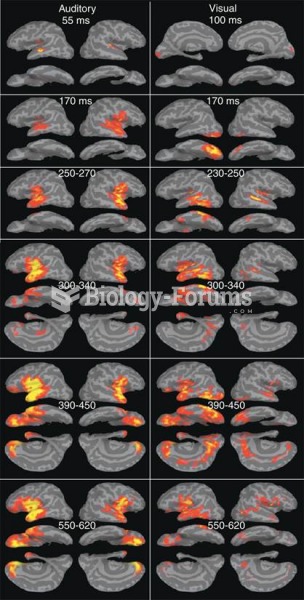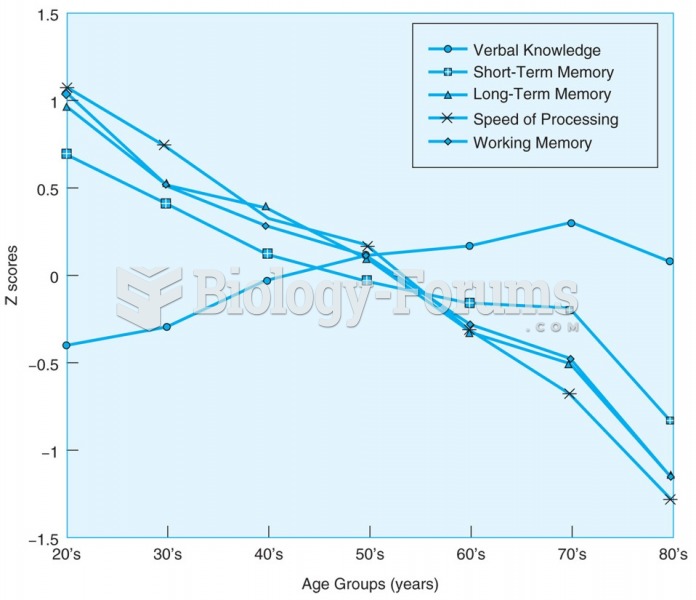Answer to Question 1
In the English language, there are several approaches to teach children how to read. Some of the basic ones are the whole-word approach, the whole-language approach, and the phonics approach. In the phonics approach, children are taught how the letters of the alphabet sound and then progressively put them together to read two letters together, then three, and so on. In the beginning, only regular words are used that are pronounced as they are spelled. The whole-word approach teaches children to recognize whole words, without the analysis of the sounds that make up the word. Proponents of this approach consider it more interesting for young children than learning about phonics. And finally, the whole-language approach argues that words are pieces of sentences and reading should therefore be taught in connection with entire sentences. So children start to read by reading sentences rather than words. The teacher may assist them to read the same poem or story over and over again.
Answer to Question 2
Early in the 20th century, linguists who studied syntax largely focused on how sentences could be analyzed in terms of sequences of phrases, such as noun phrases and verb phrases, which were mentioned previously. They also focused on how phrases could be parsed into various syntactical categories, such as nouns, verbs, and adjectives. Such analyses look at the phrase-structure grammarthey analyze the structure of phrases as they are used.
Let's have a closer look at the sentence: The girl looked at the boy with the telescope..
First of all, the sentence can be divided into the noun phrase (NP) The girl followed by a verb phrase (VP) looked at the boy with the telescope.. The noun phrase can be further divided into a determiner (the) and a noun (girl). Likewise, the verb phrase can be further subdivided. However, the analysis of how to divide the verb phrase depends on what meaning the speaker had in mind. You may have noticed that the sentence can have two meanings: (a) The girl looked with a telescope at the boy, or (b) The girl looked at a boy who had a telescope. In case (a), the verb phrase contains a verb (V; looked), and two prepositional phrases (PP; at the boy and with the telescope). In case (b), the verb phrase would again contain the verb looked, but it has just one prepositional phrase (looked at the boy with the telescope).
The rules governing the sequences of words are termed phrase-structure rules. Linguists often use tree diagrams to observe the interrelationships of phrases within a sentence. Tree diagrams help to reveal the interrelationships of syntactical classes within the phrase structures of sentences. In particular, such diagrams show that sentences are not merely organized chains of words, strung together sequentially. Rather, they are organized into hierarchical structures of embedded phrases. The use of tree diagrams helps to highlight many aspects of how we use language, including both our linguistic sophistication and our difficulties in using language.







